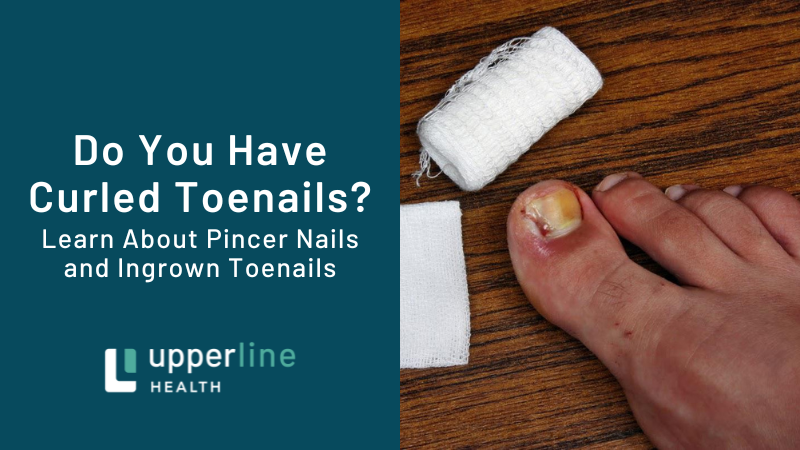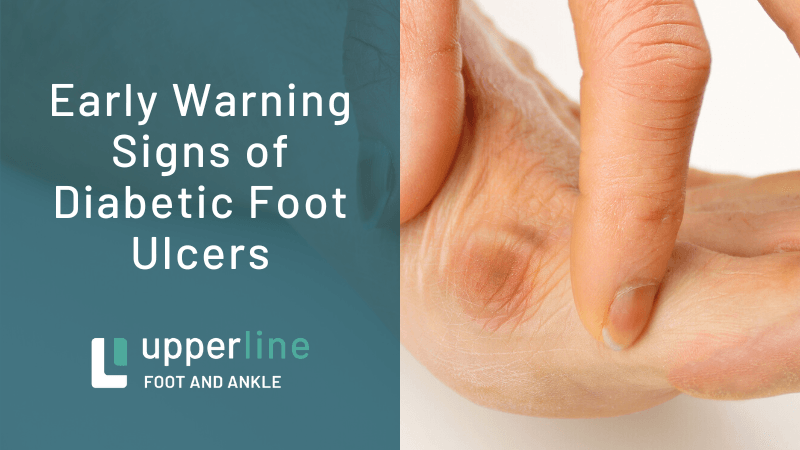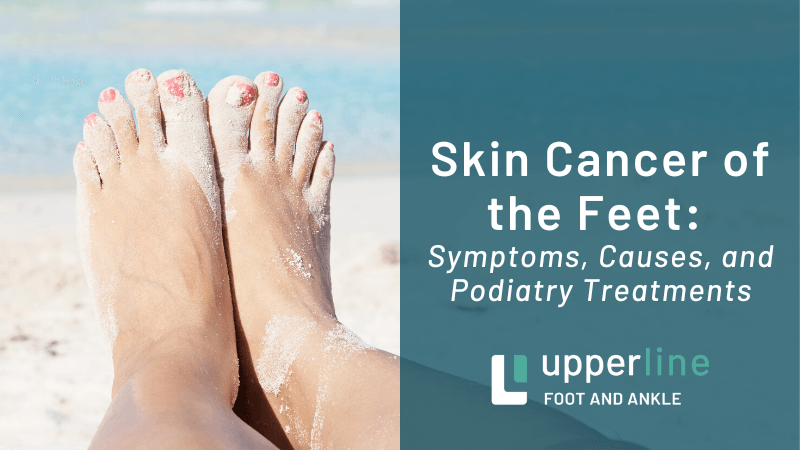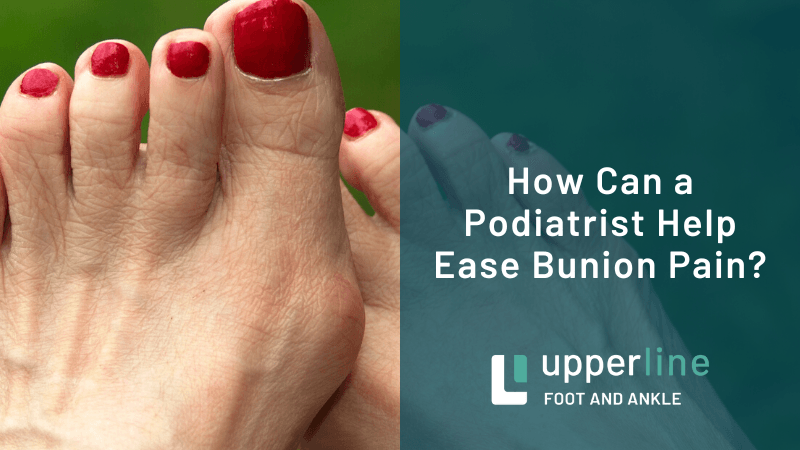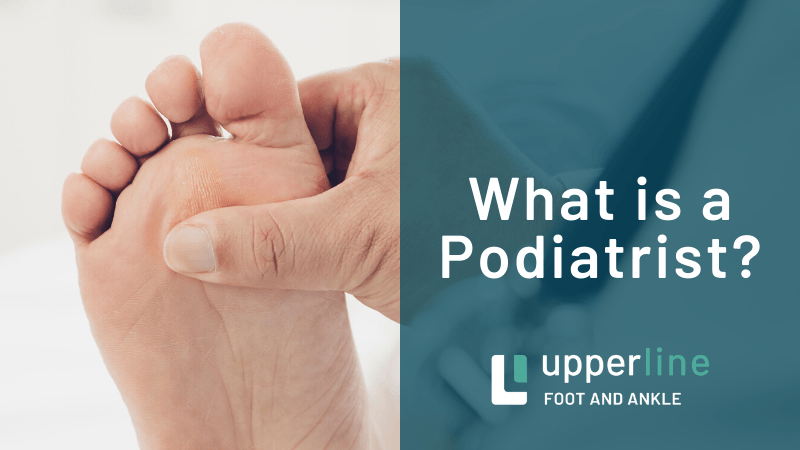How Heel Problems Affect Hikers
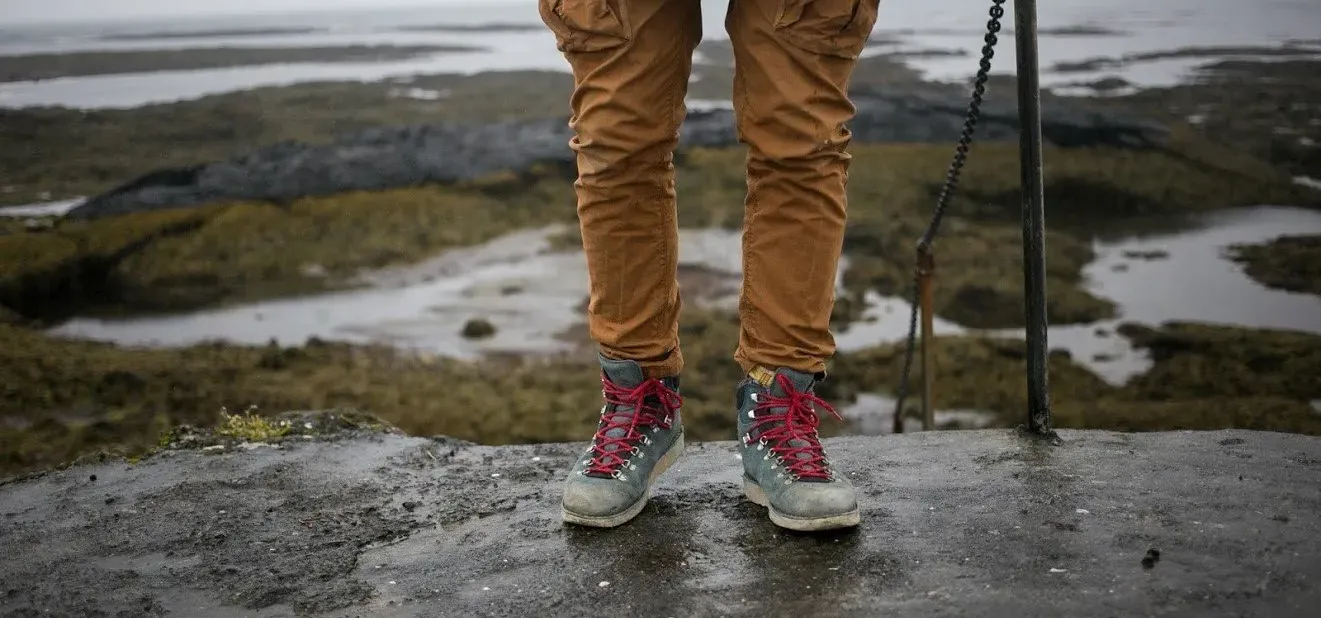
If you hike, then you will likely suffer from heel pain. Hiking often involves hills and uneven terrain that puts added strain on both your feet and ankles. If you are not careful, you could end up with chronic pain that never quite goes away. However, you can do things to prevent heel pain from keeping you off the trails. Here is more information about common hiking heel pain types, their symptoms, and prevention.
What Heel Problems Are Common With Hikers?
Hikers tend to have two types of heel problems: Achilles tendonitis and plantar fasciitis. Read on to learn more about each condition.
Achilles Tendonitis
Your Achilles tendon is a large tendon that connects your heel to your calf muscles. This tendon controls your foot's flexibility as you push off from the ground. When you injure or irritate it, you may experience pain and stiffness as you walk. In some cases, tendonitis can cause a limp. Hikers need to be especially careful not to cause a rupture.
Plantar Fasciitis
The plantar fascia is a band of tissue that connects the heel with your toes. It runs lengthwise through the middle of your foot and under your arch. This tissue supports your arch as you walk. Problems with this tissue can lead to heel pain on the bottom of your foot. This condition often causes sharp pain when you first step on your feet in the morning.
What Causes Heel Problems With Hikers?
The most common ways hikers injure their heels is through overuse and under training. Like other athletic activities, too much activity too soon can cause injury. Hikers have special issues that increase their chance of heel problems. For example, hikes that go uphill cause excess pressure on the Achilles tendon. Plus, sometimes you have to jump over obstacles or off of rocks. This increases your chance of a tendon rupture.
Some people have higher risks of heel injury than others. For example, heavier people put more strain on their feet and arches than thinner people. Also, some medications can affect tendon flexibility and increase the chance of injury. Arch issues, such as high arches and flat feet also contribute to heel problems.
How Can Hikers Prevent Heel Problems?
Many heel problems are preventable if you plan ahead and take precautions. Here are some things you can do to reduce your chance of heel injuries.
Wear the Right Shoes/Boots
Choose your footwear carefully and break it in before a long hike. Make sure they are the right size and your feet are snug, but not tight, inside.
Stretch Often
Do a calf warm-up and stretch before and during your hike. Stop and massage your feet regularly to reduce swelling that could lead to heel pain.
Take Shorter Steps Uphill
When you hike uphill, take shorter steps to reduce pressure on your Achilles tendon. Hiking poles are another way to support some of your weight and reduce strain on your heels.
Use Orthotics or Special Insoles
Some insoles help cushion your feet better than the original insole inside your boot. If you have other foot problems, like abnormal pronation, then you may benefit from an orthotic.
Stay off Your Feet
If your heel hurts for any reason, don't push through the pain. If you rest your feet before the pain gets bad, then you may be able to go back out on a hike sooner. Otherwise, you may be out for the season or need medical treatment.
Heel pain can ruin an otherwise pleasant hiking trip. If your heel pain is chronic or doesn't go away, then you may have a serious problem that needs medical attention. Upperline Health California handles a variety of foot issues including heel issues. We can examine your feet and construct a treatment plan to reduce or eliminate your heel problems. Call us for an appointment.

